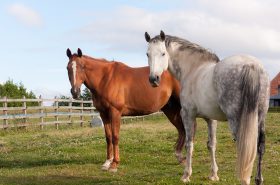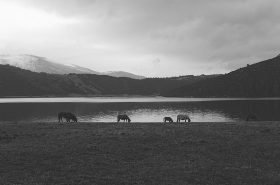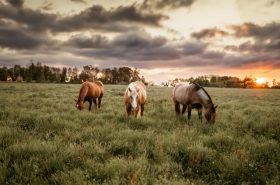Autumn is quickly approaching! By the end of September, we will officially be in the
season of fall.
With fall’s arrival, horse owners can expect to see some changes. From cooler temperatures to dietary adjustments, there’s a lot of consider for your horse’s well-being.
Fall Pasture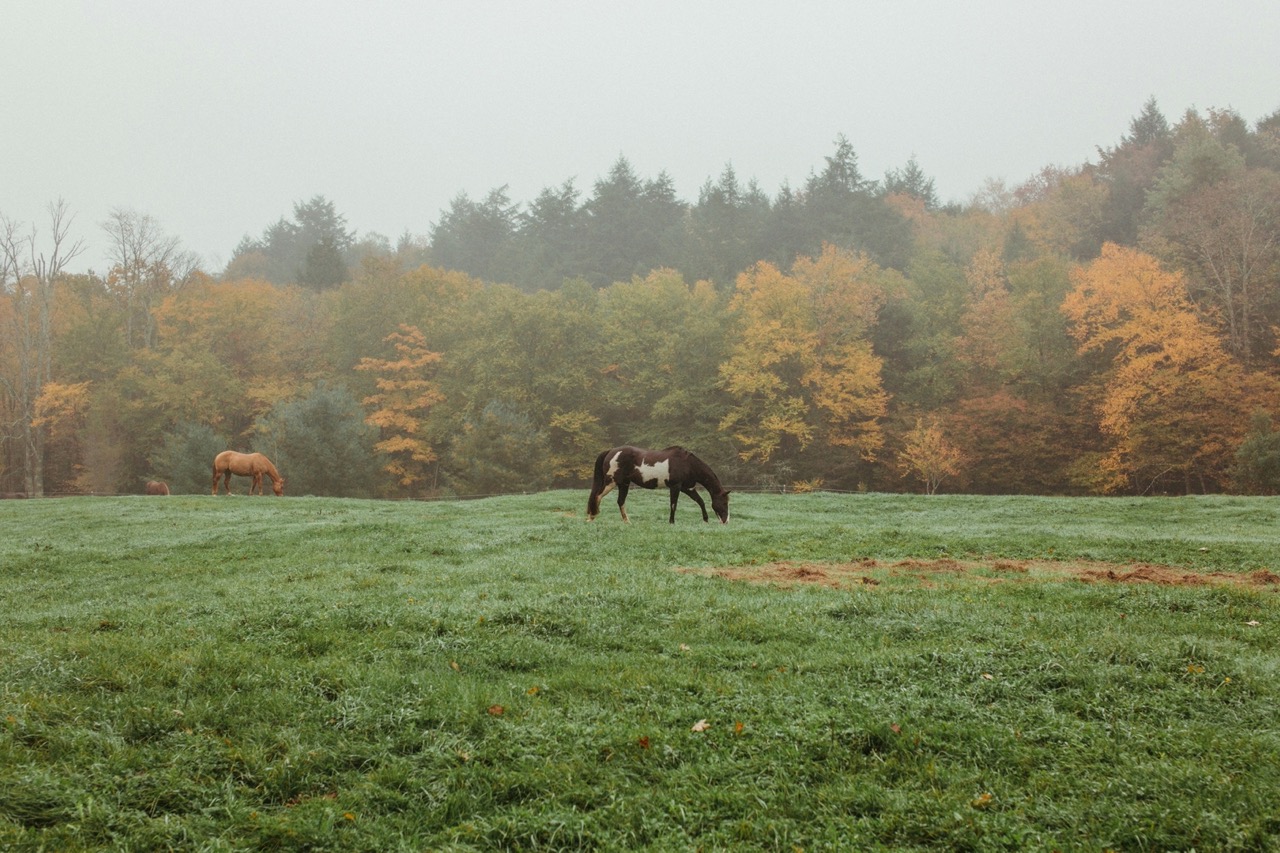
Cool nights and sunny days can mean sugary grass. When temperatures are too chilly overnight, the grass will hold onto its sugar. This large concentration of stored sugar can
be problematic for horses. Not only can it cause digestive upset, but some are also at risk for laminitis. Those that are overweight or struggle to maintain a normal blood sugar level should be watched carefully. They may need a dry lot! On other farms, the horses’ pasture may be sparse of grass by the end of summer. This will require shifting them over to hay for the fall and winter. Additionally, horses drink less water with the cooler temperatures. This combination of hay and less water can cause them to suffer from impaction colic. Make sure to keep your horse hydrated! They need between 10 and 12 gallons of water per day. Large colon impaction accounts for nearly 21% of colic cases, according to Tribute (https://tributeequinenutrition.com/blogs/news/supporting-your-horse-during-seasonal-changes). Erratic changes in the weather puts your horse at a greater risk! Signs of colic include nipping at their side, excessive sweat, isolating themselves, lack of gut sounds, straining to defecate, and general restlessness.
Dietary Adjustments
Switching from pasture to hay will often change the amount and/or type of grain your horse requires to stay in good condition. Depending on the quality of your hay and your horse’s workload, they may need an increase. There are also supplements you can include to support their health. Probiotics or prebiotics can be very helpful during stressful times in your horse’s life, such as seasonal changes or an adjustment in their diet. They aid in nutrient absorption and can reduce colic. Some even boost their immune system and give them energy!
The Weather
Temperatures aren’t usually too bad in fall, depending on where you live. That isn’t to say there won’t be any extra cold nights or chilly rainy days. With this in mind, make sure your horse has a way to stay warm and dry. This could be a run-in shelter, stall, or waterproof sheet. Some are extra sensitive to a shift in temperature and can easily catch a chill.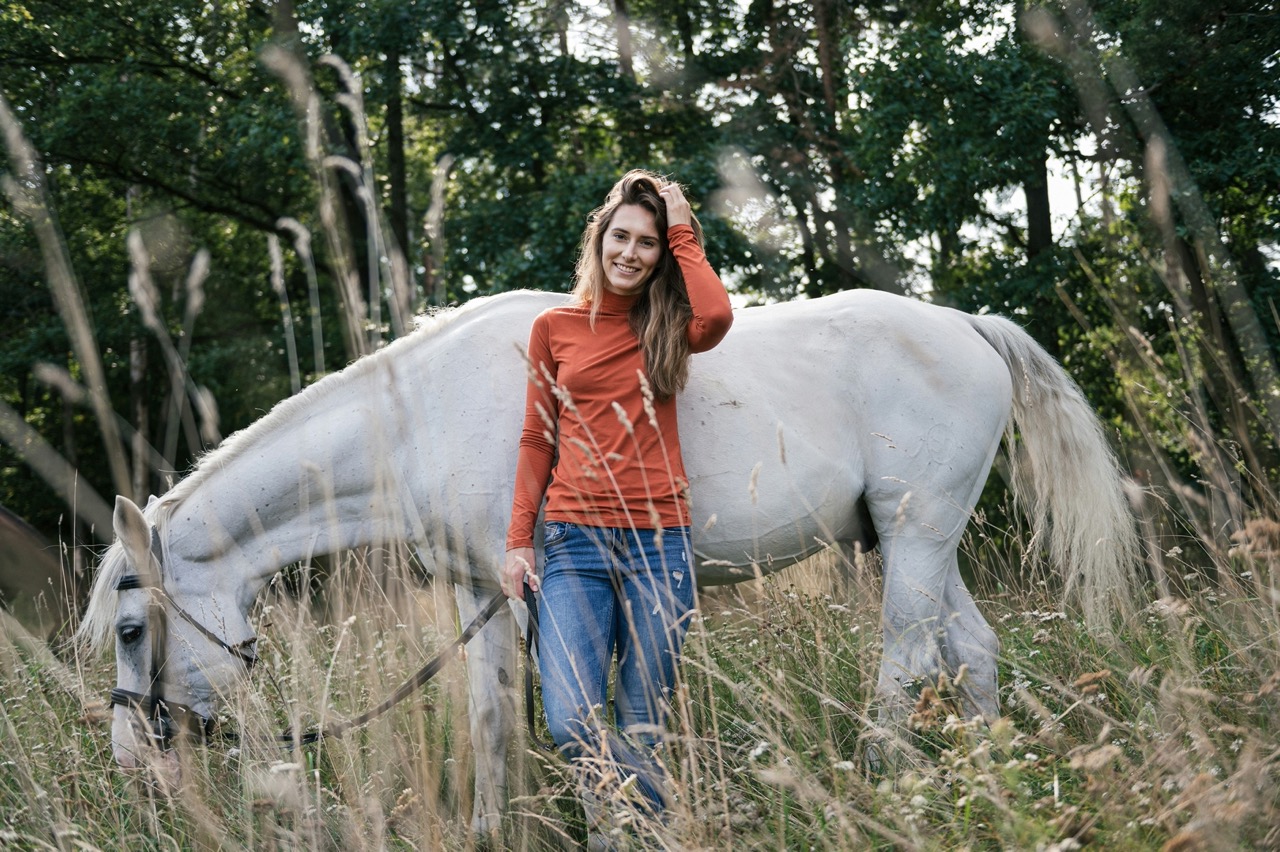 Don’t forget to check your horse’s legs and hooves daily. Rainy fall weather offers the perfect environment for fungus to grow! Your horse may be susceptible to scratches, thrush, and rain rot. You’ll need an antibiotic scrub or ointment to help clear those away.
Don’t forget to check your horse’s legs and hooves daily. Rainy fall weather offers the perfect environment for fungus to grow! Your horse may be susceptible to scratches, thrush, and rain rot. You’ll need an antibiotic scrub or ointment to help clear those away.
Miscellaneous
You may be tempted to bring your horse inside a stall, but most would rather be outside. They still need plenty of turnout and exercise. It may be getting darker sooner, but don’t
let that hamper your riding. Fall has some amazing scenery. Get out there and ride!
Seasonal Changes? Keep Your Horse Safe Year-Round!
As the seasons shift, so do your horse’s needs—but a secure pasture is always essential. At Ramm Fence, we offer high-quality, horse-safe fencing designed to withstand all weather conditions and keep your horse protected no matter the season.
🍂❄️🌷☀️ Prepare your farm for every season! Explore Our Horse Fencing Solutions and upgrade your fencing today.

